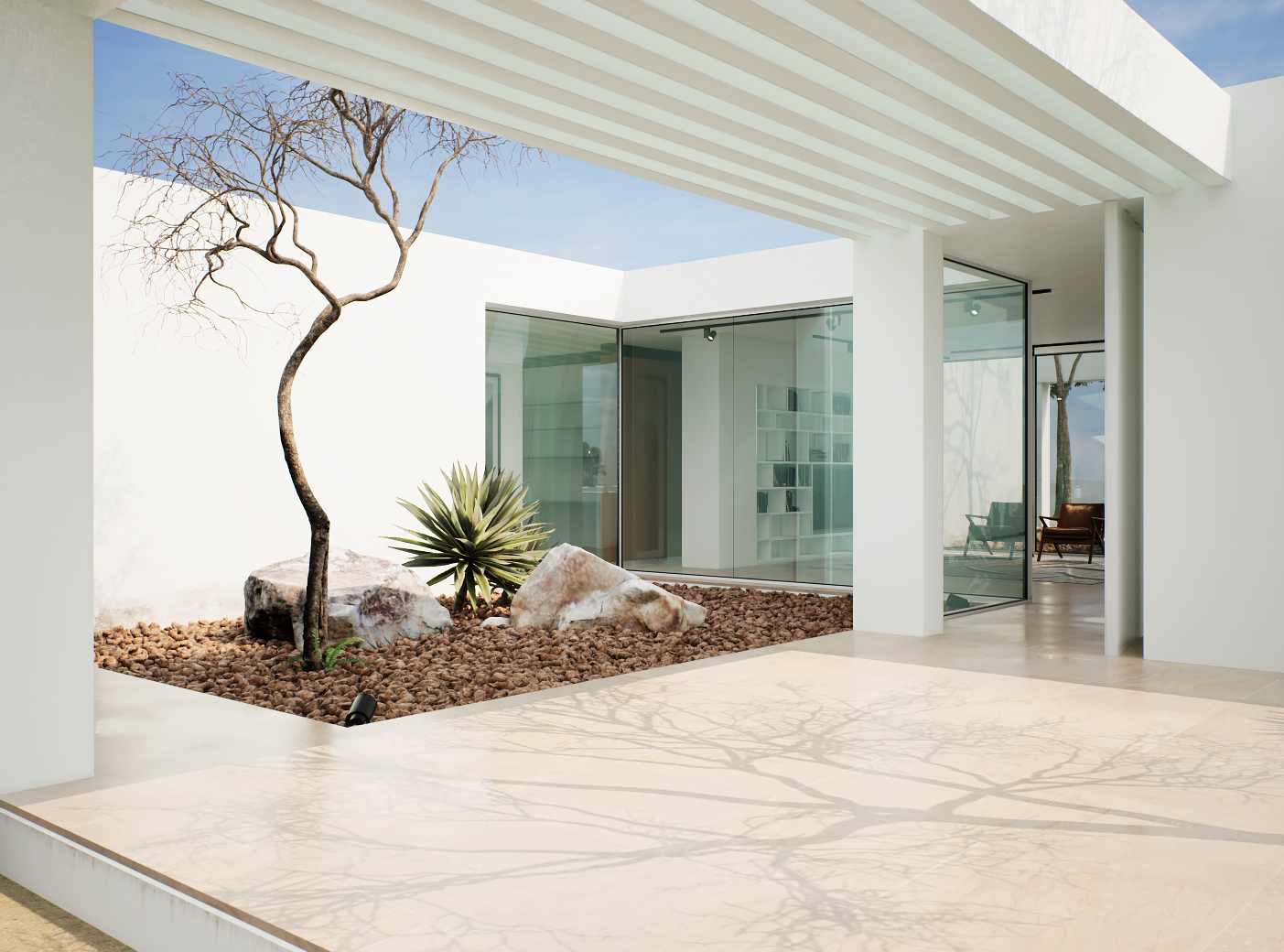
Are you an architect or property developer looking for a way to showcase your projects in 2023? 3D architectural animation could be the answer! In this blog post, we will explore what 3d architectural animation is, who can use it, why it’s so important and where it might go in the future. With 3d architectural animation becoming increasingly popular, now is the perfect time to get up to speed on how it can help you take your projects to the next level.
A Comprehensive Guide to 3D Architectural Animation
3D architectural animation is a powerful tool for architects and property developers looking to create realistic simulations of their projects.
It allows you to visualize your project in full detail from any angle or perspective, allowing you to make sure that everything looks just right before breaking ground. With 3D architectural animation, you can even simulate lighting and other environmental effects so that viewers get an accurate representation of what the finished product will look like.
Not only does 3D architecture animation allow designers and developers to show off their work, but it also allows them to evaluate design changes quickly without having to physically construct a model or renderings every time they want to modify them. This makes it much easier for architects and property developers to save time and money while still creating stunning visuals. Additionally, with the advent of virtual reality technology, 3d architectural animations now provide an immersive experience where users can explore space as if they were present inside of it – making it perfect for presenting projects at trade shows or pitching potential investors.
In 2023, we will likely see increased use of 3D architectural animations across many industries due to their ability to illustrate concepts more effectively than traditional methods while also being cost-effective compared with physical models or renderings. Animation studios have already begun experimenting with new techniques such as photogrammetry (the process of aligning photographs into a three-dimensional scene), which could further enhance the realism of these models by providing higher-resolution textures and details not achievable through traditional rendering techniques alone. We may even start seeing augmented reality applications used alongside animatics which would enable people to immerse themselves within the simulated environment in real-time without having access to special hardware or software tools!
5 Benefits of Using 3D Architectural Animation
Given the advantages outlined above, it’s no surprise that 3D architectural animation is quickly becoming one of the most popular ways to bring projects to life. Here are just a few benefits that architects and property developers can expect from using this technology:
- Increased Accuracy – By using 3D architectural animation, you can construct accurate models of your projects before construction even begins. This allows for more precise measurements and adjustments than could be achieved with traditional rendering methods alone.
- Improved Collaboration – Designers and engineers can use this type of animation to better communicate ideas and concepts between them while also ensuring they accurately represent their work at all times – saving time on tedious iterations or corrections later down the line.
- Faster Presentations – With 3D architecture animations, designers can create stunning visuals in a fraction of the time it would take with physical renderings or models – allowing you to present your project with confidence, knowing you won’t waste precious time setting up exhibits or waiting for renders to finish processing!
- Cost Savings – Traditional renderings require expensive hardware as well as skilled personnel, which can add up quickly over long periods of time – but not so with 3d architectural animations! Animators also need to be skilled with software tools such as 3DS Max, V-Ray & Corona, Photoshop, Unreal Engine or Blender, but can produce high-quality visuals without breaking the bank (or breaking ground).
- Reach A Wider Audience – Visual presentations give viewers an immediate understanding of what your project entails without having any prior knowledge or experience required – perfect for pitching potential investors who may not be familiar with technical jargon related to architecture or development!
These are just some benefits associated with using 3d architectural animation in 2023; however, there are many more, depending on how advanced your project needs go!
As technology continues advancing rapidly, we will likely see further improvements, such as improved lighting engines and photo-realistic textures, which make these simulations look even more lifelike than ever possible! For those looking to stay ahead of the curve when bringing their projects to life next year, exploring options like photogrammetry could prove invaluable when trying to stand out amongst the competition by creating engaging visual experiences unlike anything else seen before now!
How to Create an Impactful 3D Visualization With Architectural Animation
Now, let’s discuss the process of creating 3D architectural animations. Whether you’re an independent designer or part of a larger development team, specific steps should be taken in order to ensure your project is communicated effectively and efficiently:
- Collect Data – Gather all relevant information regarding the design such as plans, drawings, elevations, sections – anything that provides a clear overview of what the space will look like when completed. This data can then be used to create virtual models that serve as your animation’s foundation.
- Set Up Your Scene – Once all necessary data has been collected it’s time set up your scene with software tools such as 3DS Max, V-Ray & Corona, Photoshop and Unreal Engine or Blender. Here you can begin placing objects within the environment and adjusting camera angles to capture desired shots – this is also a great opportunity to test out different lighting scenarios and see how they affect the overall aesthetic!
- Add Details & Textures– At this stage, animators start adding finer details like textures (elements) and shadows so that spaces appear more realistic on-screen; these elements help tell a story while giving viewers a better sense of scale/depth present within each shot! Additionally, compositing techniques can further enhance visuals by blending multiple render passes together, thus creating an even richer visual experience than before!
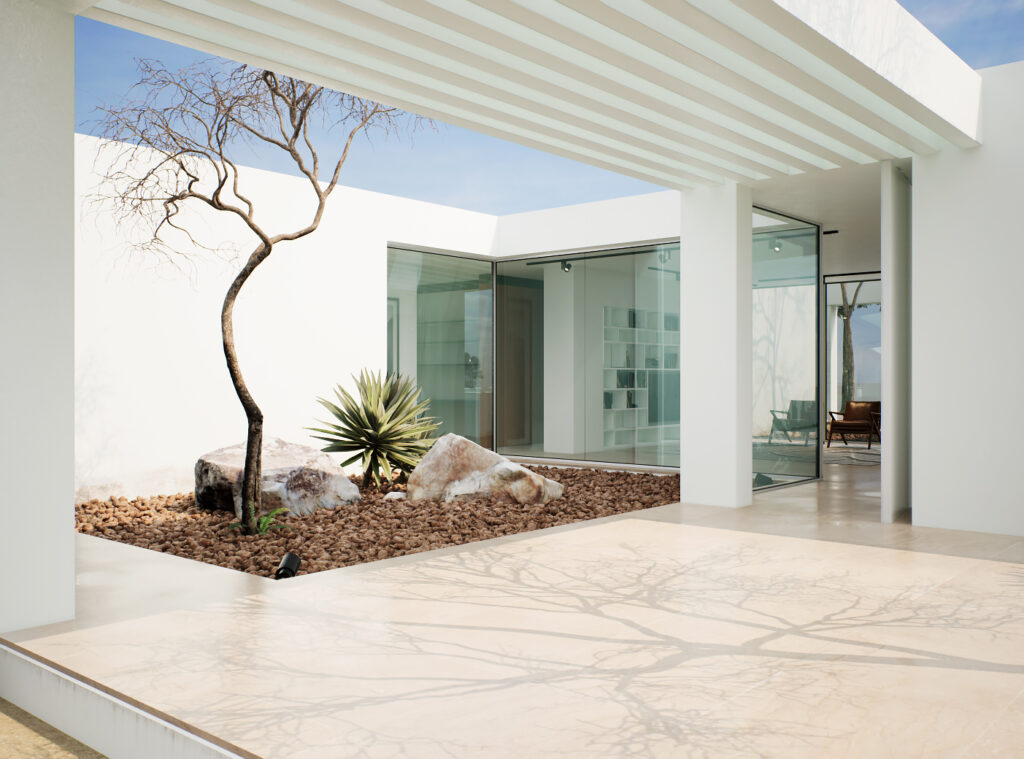
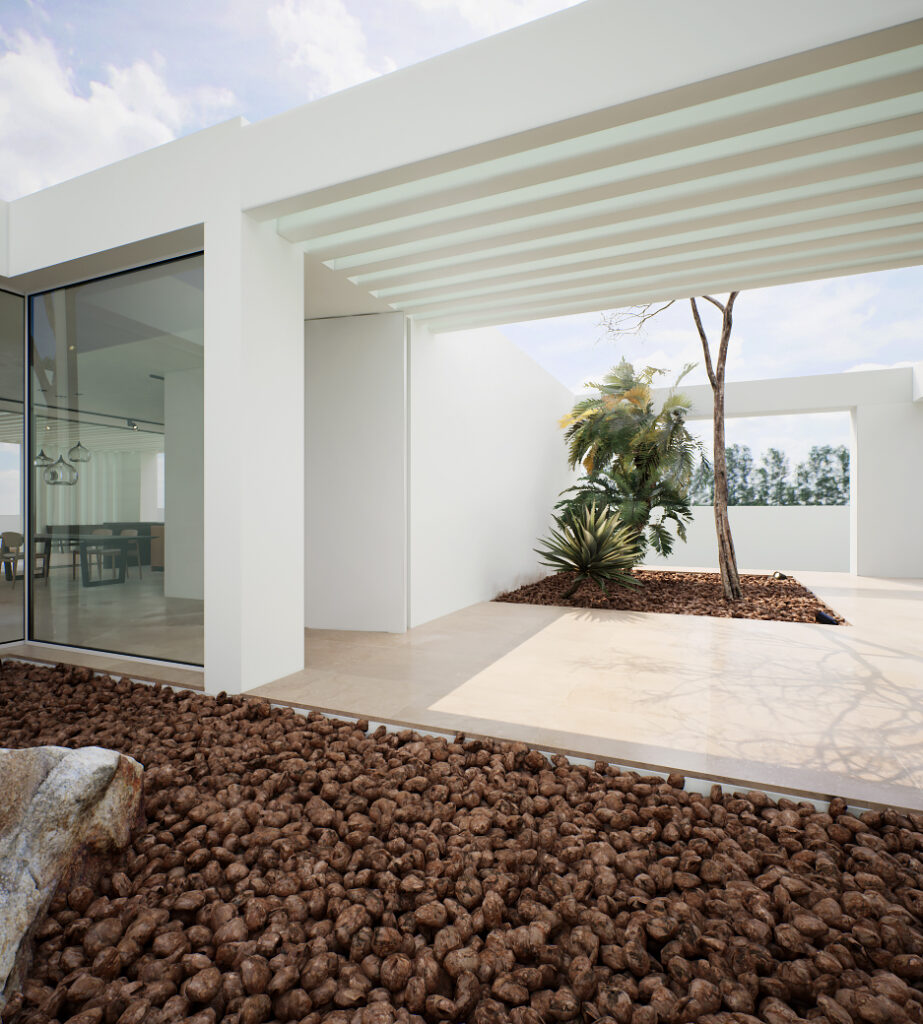
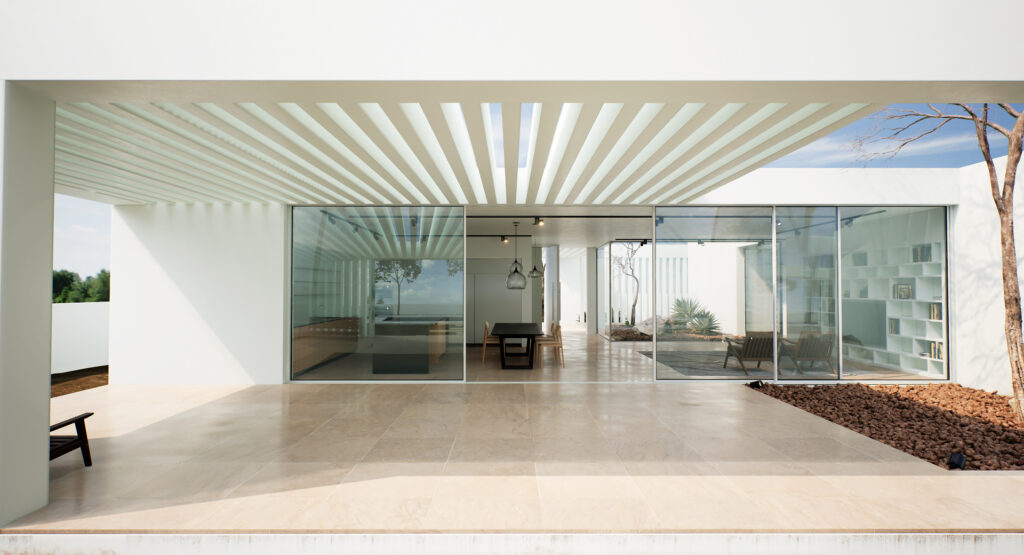
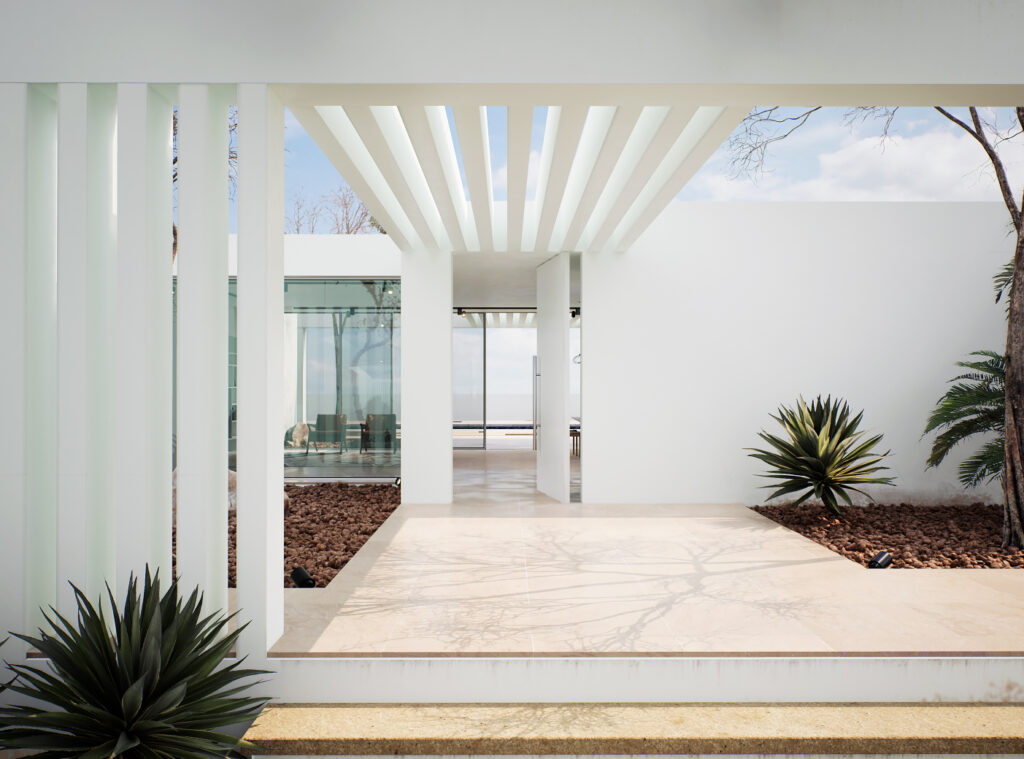
Exploring the Impact of 3D Architectural Animation on Property Developers
Property developers have long relied on traditional renderings to showcase their projects – but with the advent of 3D architectural animation, they now have an even more powerful tool at their disposal.
Animations can be used to provide buyers with a visual tour of the space before it’s built; this allows them to get a better sense of what they are investing in while also reducing the risk associated with any potential changes that may need to be made further down the line – after all, if you know exactly how something will look upon completion then it makes decisions much more straightforward! Furthermore, animations can help create an emotional connection between the buyer and the space, which is often difficult to achieve using static images alone. With 3D architectural animation, developers can add characters into scenes or even simulate events so that viewers feel like they are actually there, experiencing all the different elements in each shot! This immersive experience helps forge relationships between buyers and properties and provides developers an edge when competing against other firms for contracts/investment opportunities.
In conclusion, 3D architectural animation has become an essential part of the architecture industry in 2023. This technology allows architects to create stunning visuals and give their clients a better understanding of their projects. If you’re looking to start your next architectural animation project, click here to learn more!

